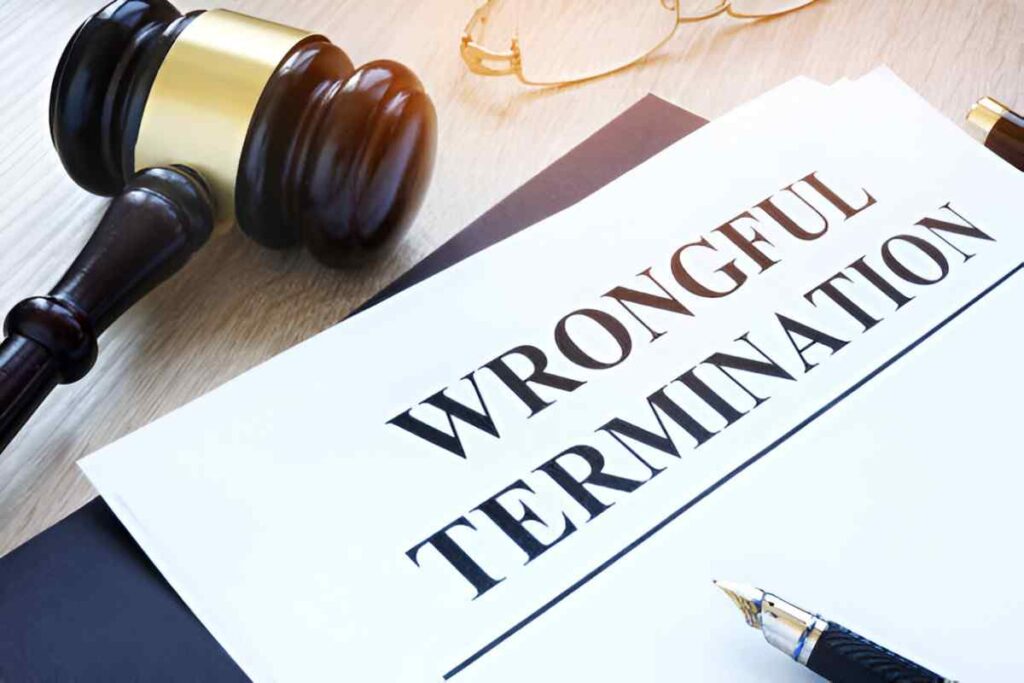A Liquidator is a person or entity appointed to wind up the affairs of a company or individual and distribute their assets to creditors or shareholders. The role of a liquidator is crucial in situations where a business or individual is insolvent or facing financial difficulties, and their assets need to be liquidated to satisfy outstanding debts or obligations. Let’s delve into the responsibilities, process, and importance of liquidators in financial affairs.
Table of Contents
Responsibilities of a Liquidator
- Asset Identification and Evaluation: The liquidator’s first task is to identify and evaluate all assets belonging to the insolvent company or individual. This includes tangible assets such as property, inventory, and equipment, as well as intangible assets like intellectual property and financial investments.
- Debt Assessment: The liquidator assesses the outstanding debts and liabilities of the company or individual, prioritizing them based on legal requirements and agreements. Creditors are categorized into secured and unsecured creditors, with secured creditors having priority in asset distribution.
- Asset Liquidation: Once the assets and liabilities are determined, the liquidator initiates the process of liquidating the assets. This involves selling the assets through auctions, private sales, or other means to convert them into cash.
- Creditor Communication: The liquidator communicates with creditors throughout the liquidation process, providing updates on asset realization, debt repayment, and any legal proceedings. They also address creditors’ inquiries and concerns regarding the distribution of assets.
- Distribution of Proceeds: After the assets are liquidated, the liquidator distributes the proceeds to creditors according to the established priority. Secured creditors are paid first, followed by unsecured creditors and shareholders, if any funds remain.
- Legal Compliance: Liquidators must adhere to legal requirements and regulations governing insolvency and liquidation proceedings. They ensure that the process is conducted fairly and transparently, protecting the interests of all stakeholders involved.
Process of Liquidation
- Appointment: A liquidator is appointed through various means, such as voluntary liquidation by the company’s directors, compulsory liquidation by court order, or appointment by creditors through a creditors’ voluntary liquidation.
- Initial Assessment: The liquidator conducts an initial assessment of the company or individual’s financial affairs, including assets, liabilities, and reasons for insolvency.
- Notification: Creditors, shareholders, and relevant authorities are notified of the liquidation proceedings, and public announcements may be made in newspapers or official gazettes.
- Asset Realization: The liquidator takes control of the assets and begins the process of liquidation, aiming to maximize the value of assets for distribution to creditors.
- Creditor Meetings: Meetings may be held with creditors to discuss the progress of the liquidation, receive creditor claims, and seek approval for the liquidator’s actions.
- Asset Distribution: Once the assets are liquidated, the proceeds are distributed to creditors in accordance with the legal hierarchy of claims.
- Finalization: The liquidation process concludes with the submission of final reports and accounts to relevant authorities, including details of asset realization and creditor payments.
Importance of Liquidators
- Debt Resolution: Liquidators play a crucial role in resolving the debts of insolvent companies or individuals, ensuring that creditors receive fair treatment and maximizing the recovery of assets for distribution.
- Legal Compliance: Liquidators ensure that the liquidation process complies with legal requirements and regulations, minimizing the risk of litigation or disputes.
- Asset Maximization: By efficiently liquidating assets and maximizing their value, liquidators aim to achieve the best possible outcome for creditors and stakeholders.
- Stakeholder Communication: Liquidators facilitate communication and transparency between creditors, shareholders, and relevant parties throughout the liquidation process, maintaining trust and confidence in the proceedings.
Example of Liquidation
Consider a fictional company, XYZ Retailers, which is facing financial difficulties and decides to enter into voluntary liquidation. The directors appoint a licensed insolvency practitioner as the liquidator to oversee the process. The liquidator conducts an initial assessment of XYZ Retailers’ financial affairs, identifying assets such as inventory, equipment, and accounts receivable, as well as outstanding debts to creditors.
The liquidator takes control of XYZ Retailers’ assets and begins the process of liquidation, selling the inventory through auctions and negotiating the sale of equipment to interested buyers. Proceeds from asset sales are used to repay outstanding debts to secured creditors, such as banks and lenders, followed by unsecured creditors, including suppliers and service providers. Shareholders may receive any remaining funds after creditors are paid, although this is often rare in insolvency cases.
Throughout the liquidation process, the liquidator communicates with creditors, shareholders, and relevant authorities, providing updates on asset realization, creditor claims, and distribution of proceeds. Once all assets are liquidated and creditors are paid, the liquidator finalizes the process, submitting final reports and accounts to regulatory authorities.
Conclusion
In conclusion, a Liquidator plays a crucial role in managing the insolvency and liquidation of companies or individuals’ financial affairs. They are responsible for identifying and evaluating assets, assessing debts, liquidating assets, communicating with stakeholders, and ensuring legal compliance throughout the process. By maximizing asset value and distributing proceeds to creditors fairly, liquidators help resolve debts and facilitate the orderly wind-up of financial affairs in insolvency cases.





